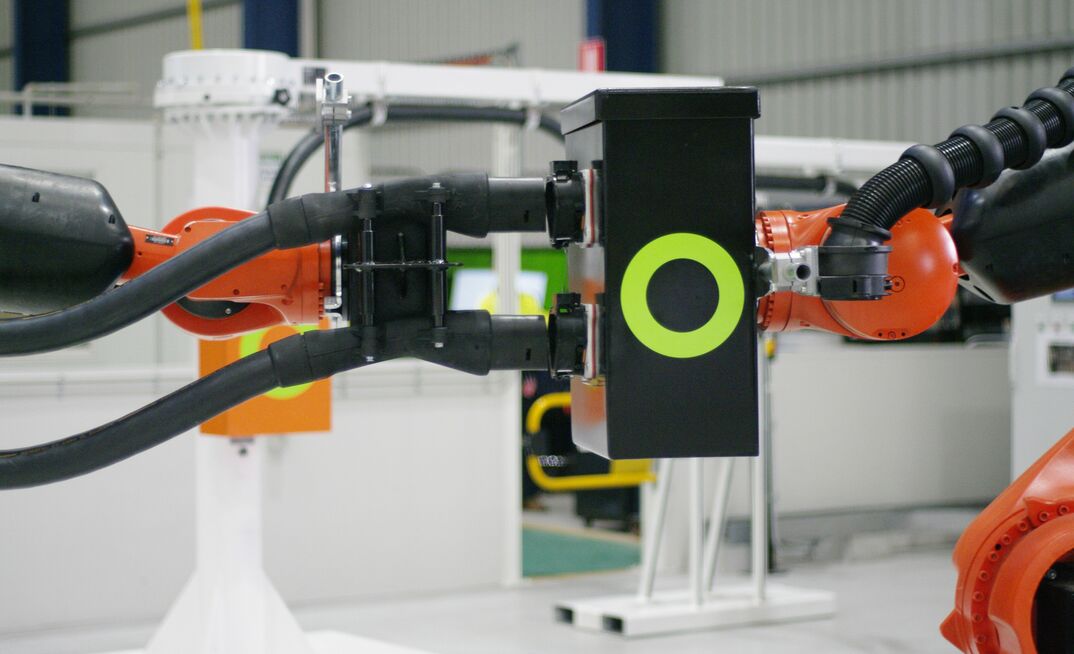With the return of a federal Labor government, the pressure is back on miners to continue with their mine decarbonisation efforts. This key mining topic is a major focus of , on July 1 and 2 at Crown Perth.
One of the sessions to watch out for is Fortescue decarb delivery principal Sophie Davies' presentation: The challenges and opportunities of electrifying mining operations – a Fortescue case study.
It is fair to say that Fortescue has advanced well down the path of decarbonising its mine operations after chairman Andrew Forrest set the company the goal of being "real zero" by 2030. That means eliminating all fossil fuels from the mining process and not relying on offsets to allay the company's emissions.
To this end the company struck a deal with Liebherr to co-develop a range of mining trucks. It has also brought in the first electric large mining excavator to Western Australia's Pilbara and struck a deal with Chinese manufacturer XCMG to source battery-electric versions of other types of heavy mining equipment.
YOU MIGHT ALSO LIKE
Last year a Fortescue spokeswoman told Australia's 88ÓéŔÖłÇ that it would be replacing 1500 light vehicles with non-fossil fuel alternatives.
It has also developed a 6 megawatt fast charger for large mining equipment.
Fortescue is not the only company going down the battery-electric path.
BHP is also close to running commercial trials of a battery-electric haul truck in the Pilbara.
It and Newmont have taken on the first Caterpillar Early Learner BEHTs.
The truck BHP has received is due to head to the Pilbara in the next month or so.
Power play
While getting the equipment needed to decarbonise is one challenge, getting the electricity to where it is needed is another.
Well actually there are few pieces to this electricity challenge.
The first is, how is it being generated? Others include how it is being transmitted to the mine site and how it is being distributed once it crosses the mine gate.
On the east coast there is a substantial grid that miners can tap into and growing numbers of green electrons being generated for that grid. That let the BHP-Mitsubishi Alliance strike a deal with Cleanco to get 100% of its electricity needs from renewables from 2027.
In WA's Pilbara there is no such grid. Well there is. It is called the North West Interconnected System, a name including one truth and two falsehoods. Yes, it is in the northwest. However, it is not interconnected and there is no system to it.
That has led miners to develop their own renewable energy projects to feed their mines, which is not always the most efficient deployment of capital.
Recognising this the WA government has taken steps towards creating an entity – let's call it Corridor Co – to create infrastructure corridors that transmission lines can run down. This makes it easier for major infrastructure providers to build business cases for infrastructure that could lead to a renewables-backed grid in the Pilbara.
CITIC Pacific Mining has a 480MW gas-fired power station that could provide the initial electricity to underpin such a grid as the renewables are built out.
CPM general manager sustainability & environment Bruce Watson will no doubt speak about that as part of the panel discusion: What does a decarbonised mine look like?













